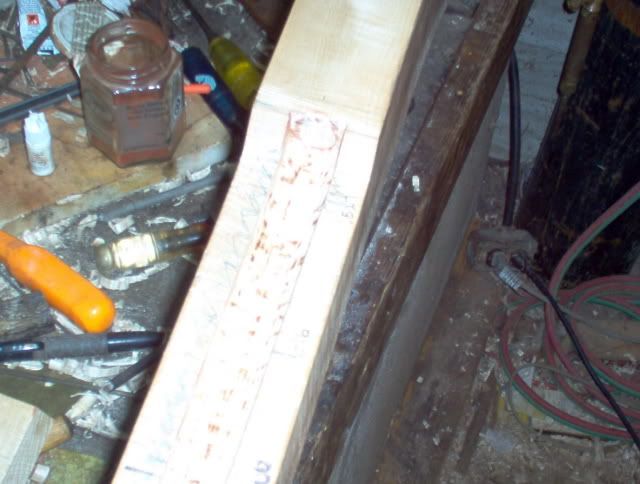I am down to the final shaving, and scraping of my barrel channel. My question is how much black do you have transferred to the channel when you say this is good?
I am trying to get as much black as I can in the breech area of the barrel channel on all flats. Also I am working toward a solid black mark left on the breech face of the inlet.
I have a lot of areas in the channel with about a 1/2" to 3/4" space between my black spots, with the black spots being at least that long or more.
I am trying to get as much black as I can in the breech area of the barrel channel on all flats. Also I am working toward a solid black mark left on the breech face of the inlet.
I have a lot of areas in the channel with about a 1/2" to 3/4" space between my black spots, with the black spots being at least that long or more.






